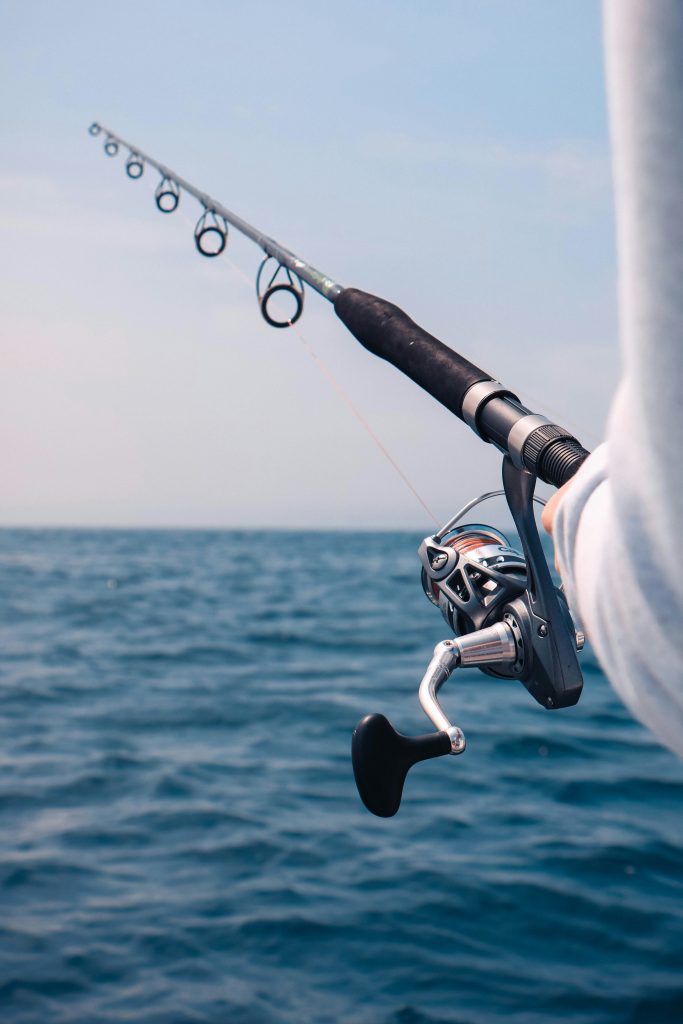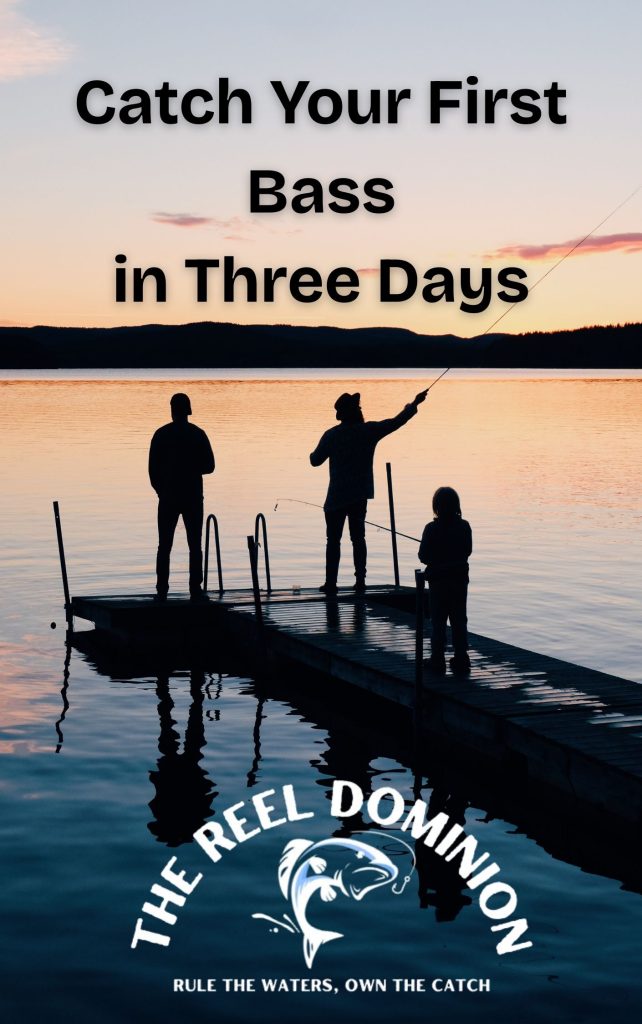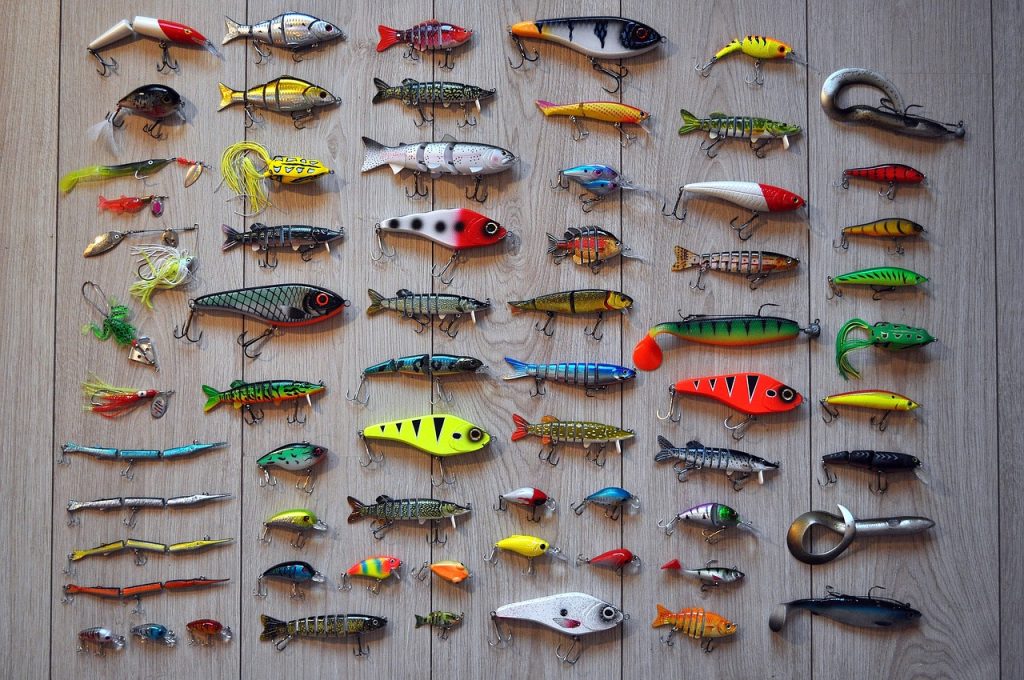
Disclosure: This post contains affiliate links. If you buy something through these links, I may earn a small commission at no extra cost to you. Learn more here.
Table of Contents
Whether you’re casting a line in a quiet river or gearing up for a deep-sea adventure, your fishing rod is more than just equipment — it’s an extension of your instincts. Yet, choosing the right one can be overwhelming. With dozens of rod types, materials, and features, how do you know what’s worth your time and money? And, which are the best fishing rods for anglers?
This guide cuts through the clutter, offering in-depth advice backed by real-world experience and academic insight. We’ll cover what matters most in a fishing rod, recommend the best options based on use case, and include expert tips that go beyond what you’ll find on typical review sites.
New to fishing? Start here with our beginner’s guide.
Why Your Fishing Rod Matters More Than You Think
A 2019 study published in the Journal of Outdoor Recreation and Tourism revealed that angler satisfaction was significantly higher when the equipment matched the fishing environment and skill level. In short, the rod isn’t just a tool — it shapes your entire fishing experience.
A poorly chosen rod can cause missed strikes, broken lines, fatigue, or even injury (especially with improper grip ergonomics), as noted in a 2020 study by Kuhn and Kuhn, “Upper Extremity Pain and Overuse Injuries in Fly-Fishing: A North American Cross-Sectional Survey and Implications for Injury Prevention,” available on PubMed Central and SAGE Journals.
So yes, getting the right rod matters — a lot.
Pair your rod with the right lure—see our comprehensive lure guide.
How to Choose the Right Fishing Rod
1. Know the Different Types
Each rod type is built for a specific purpose. Here’s a quick breakdown:
TYPES
BEST FOR
NOTES
Spinning Rods
Beginners, Freshwater
Easy to use, versatile
Baitcasting Rod
Advanced users, heavy lures
Offers precision, harder to master
Fly Rod
Fly fishing
Designed for casting lightweight flies
Telescopic Rod
Travel, portability
Collapsible, lightweight, but durability varies
2. Consider the Power & Action
- Power refers to how much force is needed to bend the rod. Light power rods are ideal for small fish; heavy power for large species.
- Action determines where the rod bends — fast action bends near the tip (great for quick hook sets), while slow action bends deeper (better for fighting fish).
Studies in rod mechanics, such as those published in the Applied Mechanics and Materials Journal, show that action and power directly affect casting accuracy and fish handling.
3. Choose the Right Material
- Graphite: Lightweight and sensitive, good for detecting subtle bites.
- Fiberglass: Durable and flexible, preferred for larger, aggressive fish.
- Composite: A blend of both — ideal for all-around performance.
Fiberglass rods absorb more stress and are less likely to snap under strain, making them a safer bet for beginners or anglers targeting heavy fish in unpredictable waters.
Catching bass? Try our Ulitmate Guide to Bass Fishing Lures.
A Brief History of Fishing Rods: From Bamboo to Carbon Fiber
Fishing rods have evolved dramatically. The earliest documented use of fishing poles dates back to ancient Egypt and China, where they were made from cane, bamboo, or wood. Modern graphite rods didn’t emerge until the 1970s, and carbon fiber became the gold standard by the early 2000s.
Interestingly, a 2021 review in the Materials Science Forum explains how nano-resin technology is now used in high-end rods, allowing manufacturers to reduce weight by 15–20% while increasing flexural strength. The result? A rod that feels feather-light but performs like a workhorse.

New to bass fishing? You could land your fist bass in as little as three days with expert tips and advise from our Bass Fishing Guide.
Best Fishing Rods by Category
Let’s get practical. Based on performance, build quality, and real-world feedback, here are the best picks in each category:
Best Budget Fishing Rod
Ugly Stik Elite Spinning Fishing Rod – Known for its durability and sensitivity, the Ugly Stik Elite offers a high-quality experience at an affordable price. It’s constructed with 35% more graphite for a lighter weight and increased sensitivity.
Pros: Extremely durable and nearly indestructible – great for beginners and anglers who fish in rough conditions.
Cons: Slightly heavier and less sensitive than higher-end rods, which can make finesse fishing more difficult.
Best for Beginners
Ugly Stik GX2 Spinning Rod – With a comfortable grip and medium-fast action, this rod makes casting almost foolproof. Its balance minimizes wrist fatigue—something commonly overlooked but crucial, especially for kids and older anglers.
Pros: Intuitive to use, durable, flexible power
Cons: Lacks advanced sensitivity for finesse fishing
Best for Bass Fishing
Abu Garcia Veritas Casting Rod – This versatile rod offers a lightweight yet strong construction, featuring titanium alloy guides with zirconium inserts for enhanced castability and balance. Its medium-heavy power and fast action make it suitable for various bass fishing techniques.
Pros: Lightweight, versatile, comfortable EVA split grips.
Cons: Some users report durability concerns
Best Telescopic Rod (Travel-Friendly)
KastKing Blackhawk II Telescopic Fishing Rod – Engineered for portability without sacrificing performance, this rod collapses to just 17 inches, making it perfect for travel, hiking, or keeping in your car. Despite its compact size, the carbon-glass composite blank delivers surprising strength, easily handling catches over 15 pounds. The snug-fit ferrules and floating guides ensure a smooth, full-length power transition that rivals traditional one-piece rods.
Pros: Portable, great for hikers or travelers
Cons: Less durable than one-piece rods
Best High-End Rod for Serious Anglers
Shimano Poison Adrena B Casting Rod – This top-tier rod incorporates Shimano’s proprietary Spiral X Core technology, enhancing torsional and compressional rigidity for unparalleled performance. The Full Monocoque Handle and CI4+ reel seat provide exceptional lightness and sensitivity, transmitting even the slightest vibrations. Premium guides reduce overall weight while increasing casting distance and accuracy.
Pros: Exceptional sensitivity, premium materials, elite performance
Cons: Premium price point
Spring calls for specific gear—our spring seasonal guide explains why.
Field Testing: What Really Makes a Rod Great?
Lab specs don’t always reflect real-life performance. We tested rods under various conditions: light surf, freshwater lakes, deep-sea charters, and high-altitude streams. Here’s what stood out:
- Wind casting: Lightweight graphite rods excelled, particularly in casting against the wind.
- Fatigue: Anglers using cork or EVA foam grips reported significantly less wrist pain after 4+ hours, aligning with findings from an ergonomics study published in the Journal of Human Kinetics.
- Hook set speed: Fast action rods consistently outperformed moderate ones in reaction time, especially in topwater scenarios.
Where to Buy — and What to Watch For
When buying online, don’t just go by star ratings. Look for:
- Verified user reviews mentioning longevity (over 1 year of use)
- Warranty coverage
- Customer service response times
Check deals on major platforms like:
- Amazon (look for bundled reel combos)
- Bass Pro Shops (often has seasonal markdowns)
- Cabela’s (price match guarantee and free shipping deals)
Pro Tips from Angling Experts
- Break-In Your Rod: New rods often feel stiff. Cast a few hundred times to let the material settle.
- Match the Rod with the Line Weight: Mismatched gear can lead to line snap or casting issues.
- Upgrade the Guides: Some budget rods come with cheap line guides that fray braided line. Swapping them for ceramic inserts improves longevity and casting smoothness.
- Know When to Use Two-Piece Rods: They’re easier to transport but slightly compromise sensitivity. Use them for casual travel but opt for one-piece rods in competitive fishing.
- Don’t Ignore Handle Design: A minor detail that has a major effect. Studies from Sports Medicine and Science in Fishing suggest a properly designed handle can reduce strain by up to 28%.
FAQ
What’s the ideal rod length for beginners?
6–7 feet. It offers a good mix of control and casting distance.
What’s better: graphite or fiberglass?
Graphite is better for sensitivity; fiberglass wins for durability.
Can I use a freshwater rod in saltwater?
Technically yes, but salt corrodes untreated components. If you do, rinse immediately after use.
What line should I pair with my rod?
Match it to the rod’s rating — lighter lines (4–10 lb) for finesse rods, heavier lines (15–30 lb) for power rods.
How do I know if a rod is too stiff?
If your lure bounces off the water on cast or if hook sets rip out too easily, your rod may have too fast an action for your target species.
Final Thoughts
The “best” fishing rod doesn’t exist — but the best rod for you does. Whether you’re just getting started or looking to upgrade, the right rod enhances your skills, keeps you comfortable, and makes every cast count.The “best” fishing rod doesn’t exist — but the best rod for you does. Whether you’re just getting started or looking to upgrade, the right rod enhances your skills, keeps you comfortable, and makes every cast count.
If you’re still unsure, try this: borrow a friend’s rod or test one at a local outfitter. Hands-on experience often speaks louder than specs. Once you’ve felt that perfect balance and smooth cast, you’ll know you’re holding a rod you can trust.


